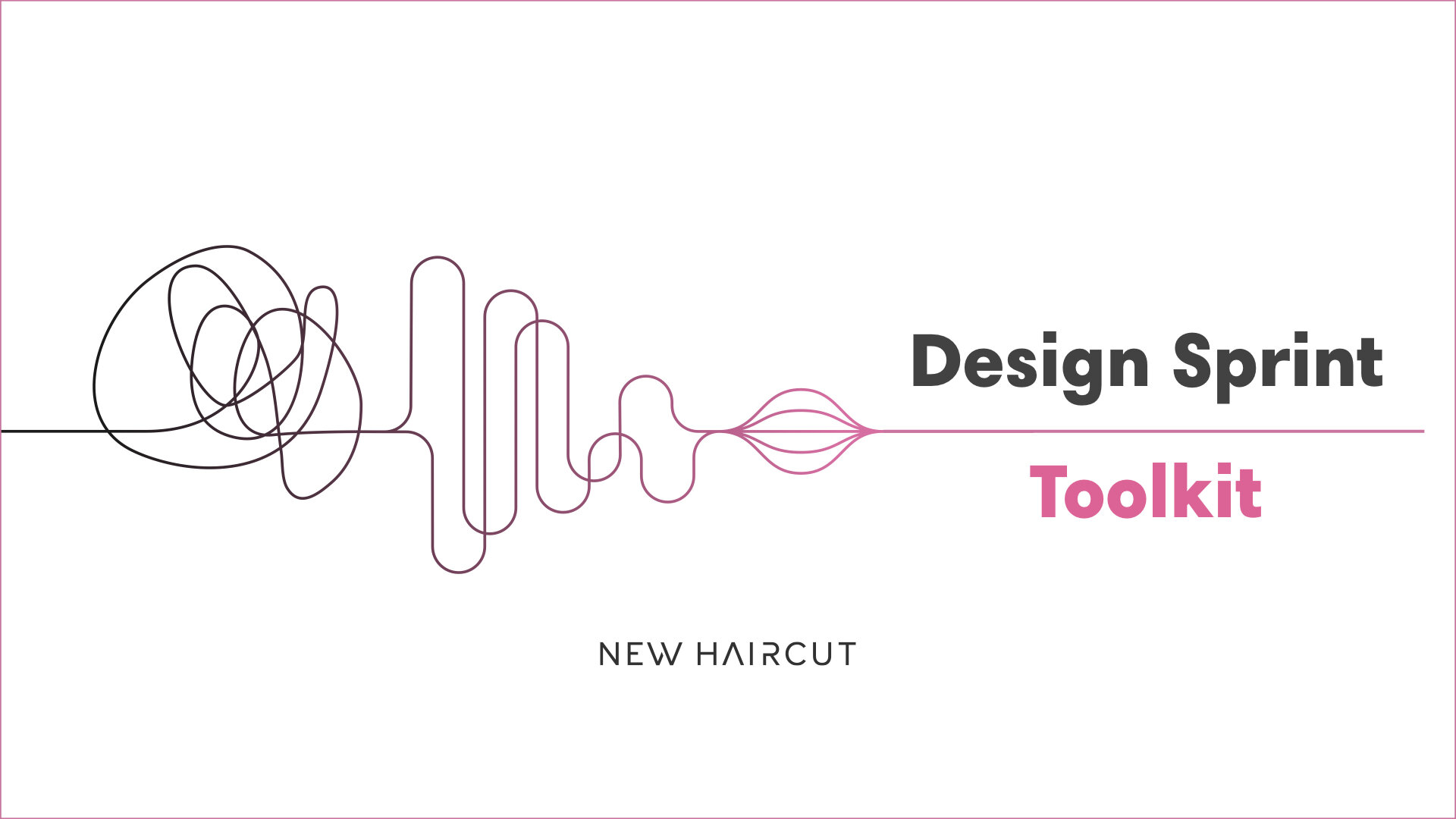Google’s Sprint Conference
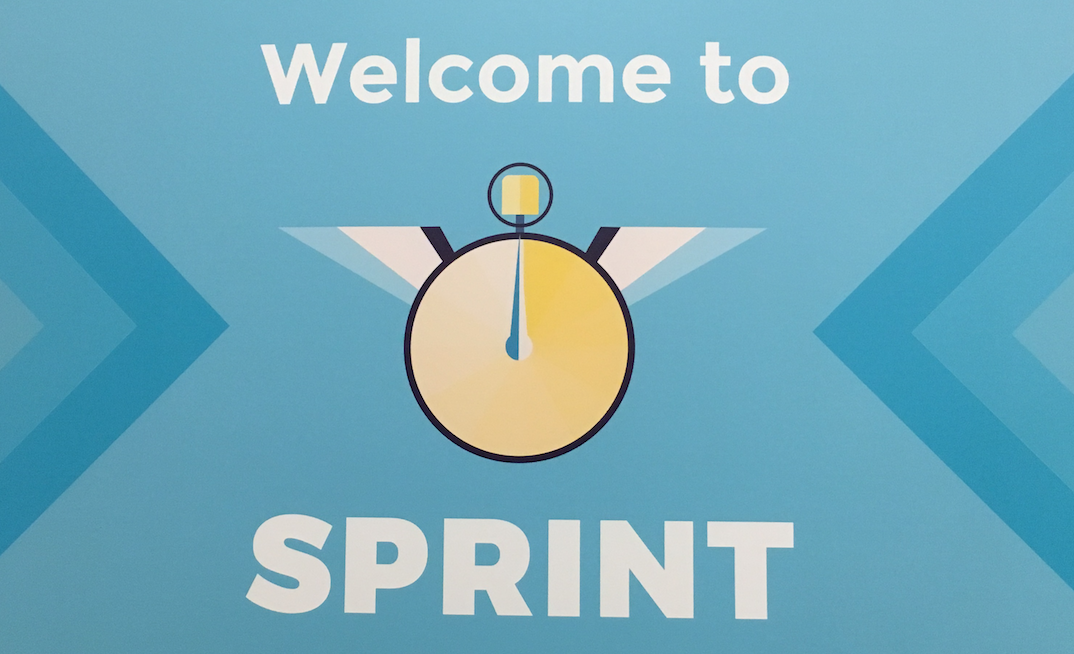
Google Design hosted the first ever Sprint Conference this past week in San Francisco (#SprintCon17). The conference brought together the most trailblazing of design sprint leaders.
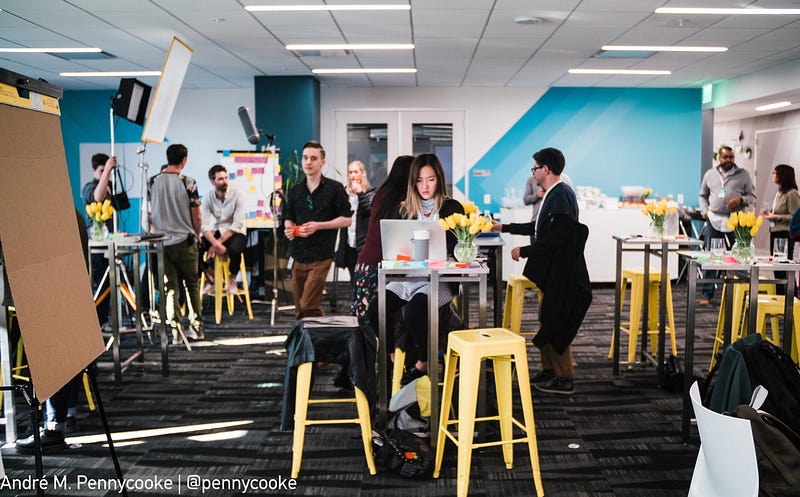
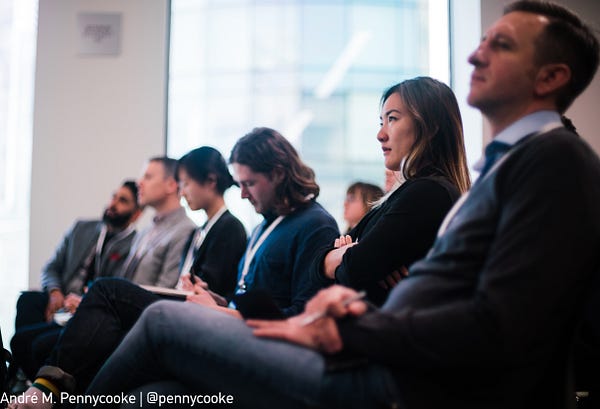
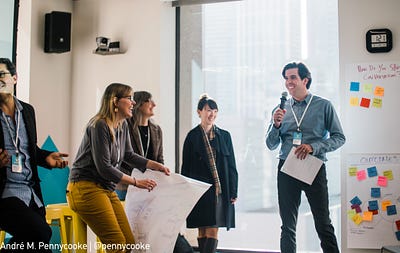
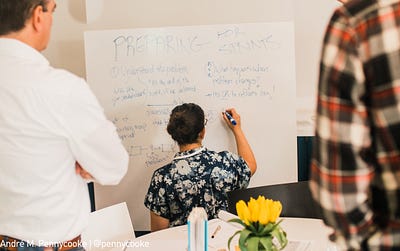
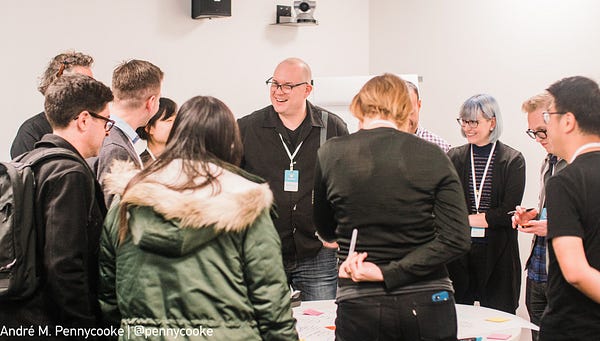
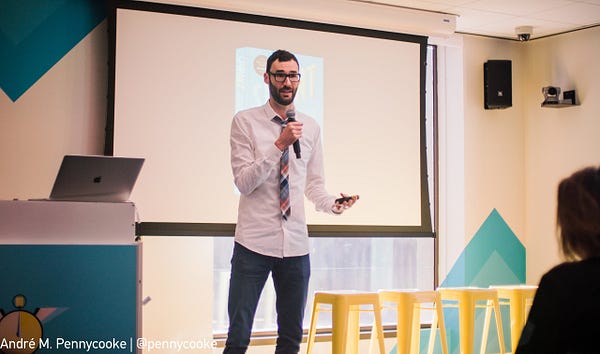
Joining were Jake Knapp himself, as well as the most bad-ass designers, product managers, researchers, and educators from companies like Google, Uber, Intuit, Airbnb, UserTesting, as well as agencies New Haircut, SapientNitro, Bontouch, Moonshot, and AJ & Smart.
Needless to say, the value we got out of this gathering exceeded every expectation.
We are beyond inspired. So we hope to pass along some of that inspiration to you. Because let’s face it, if you’re the brave soul pushing design sprints and human-centered design inside your organization, you probably need every ounce of motivation to keep battling for better ways to create and innovate.
Well, just know that this conference was filled with people just like you, who have succeeded in similar battles. So read on, get inspired, and keep fighting.
Case studies
Almost every speaker at the conference had case studies in their presentations. But instead of being used to demonstrate how genius they are, these were practical stories of how they’ve applied and modified design sprints and dozens of other design frameworks to create game-changing, user-centered products and services.
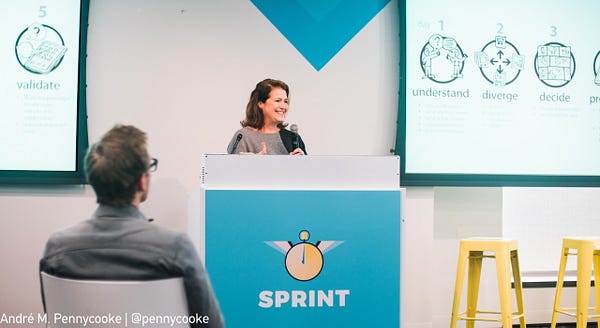
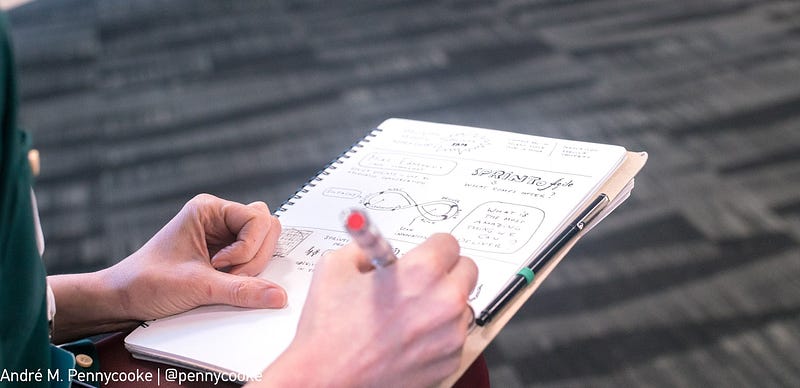
Sara Ortloff Khoury blew us away with the design practices and successful outcomes she’s established within Walmart, Bebop (now Google Hire), and Google. I’ve never taken so many pictures of presenter slides in my life — apparently I wasn’t the only one.
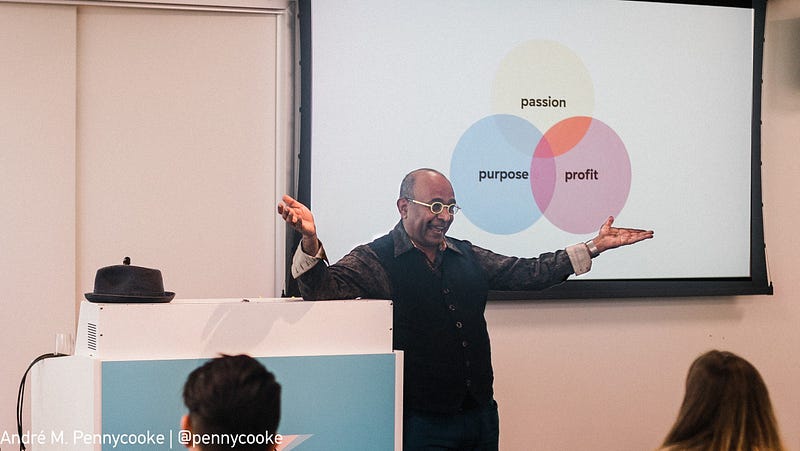
Surya Vanka shared stories of innovation coming from the most unlikely of places — from teenagers in Africa creating pee-powered generators, to communities in Mexico City coming together to plan for their next major earthquake.
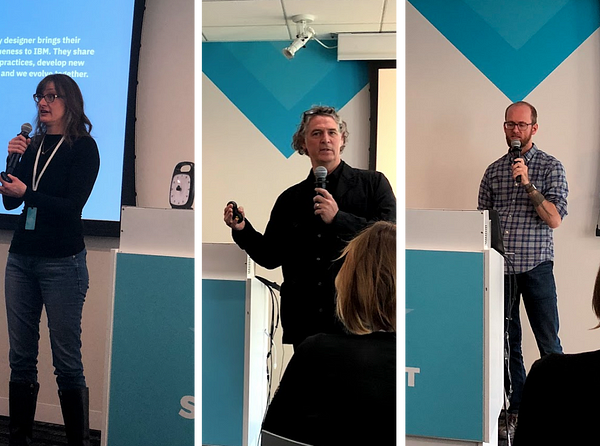
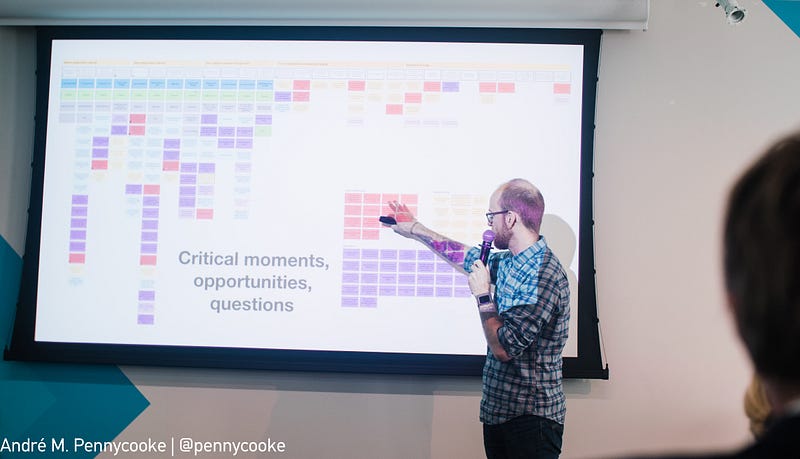
Sarah Plantenberg, Richard Kelly, and Erik Flowers provided value-jammed stories from inside IBM, the Fung Group, and Intuit. Erik’s talk went deep into a service design process he calls “Blueprinting.”
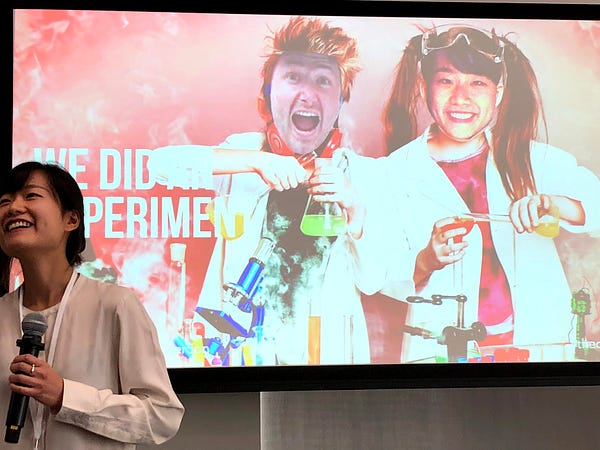
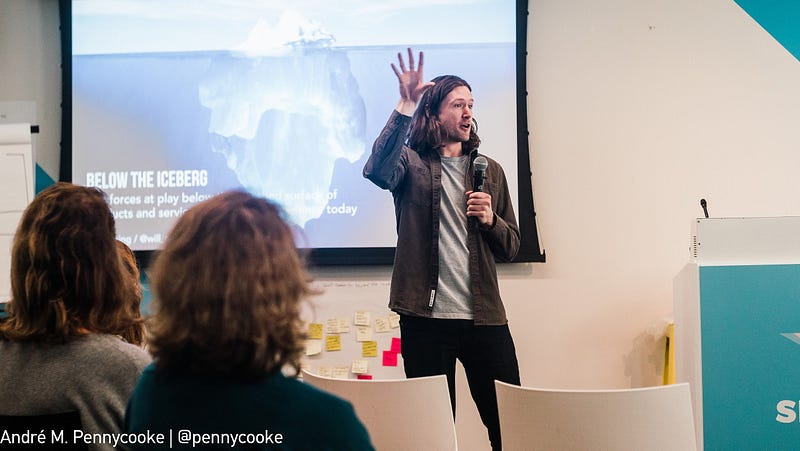
Karwai Ng and Will Anderson presented the Iceberg design process they’ve created and refined at SapientNitro.
Panels
You know those panel events your boss signs you and your team up for where 4 mic’d-up people drone on about irrelevant fluff, without ever getting to the core of anything actionable? These panels were the opposite of that.
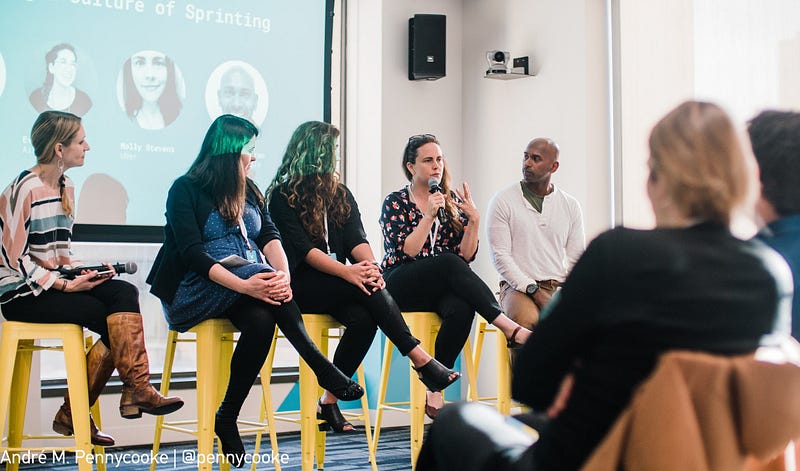
Kai Haley moderated a panel of experts who have set up centers of design sprint learning within Google, Uber, and Airbnb. Thanks for sharing Nadya Direkova, Evie Alexander, Marta Rey-Babarro, and Dilan Mahendran!
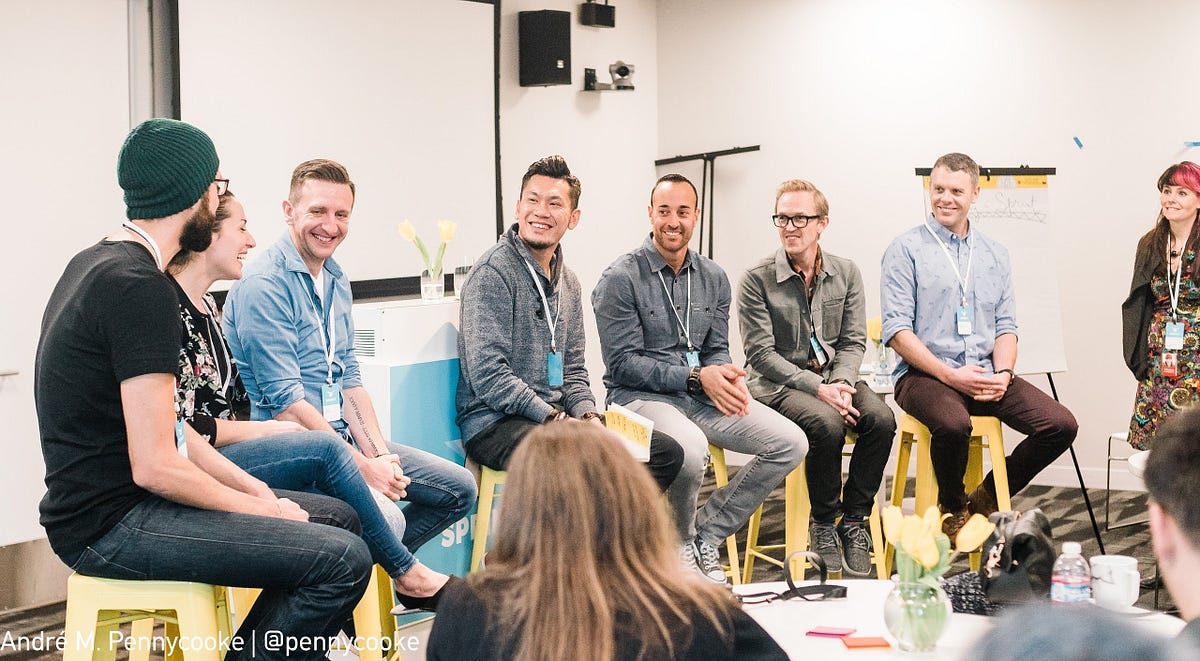
This was personally a lot of fun for me. I joined a panel to talk about the experiences, quirks, and challenges of running sprints inside New Haircut. Joining us on the panel was (left-to-right) Dhyana Scarano, Danny Holtschke, John Vetan, Jay Melone, Pontus Axelsson, and Mike Edmonds. Moderated by Michael Tam (center).
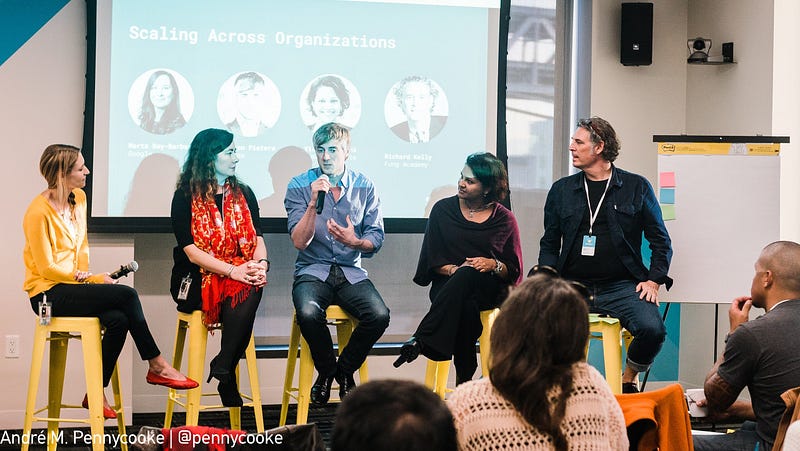
Marta Rey-Babarro, Maarten Pieters, Vidya Dinamani, and Richard Kelly shared their big corp experience in a panel discussion entitled, Scaling Sprints Across Organizations.
Interactive sessions
No matter how engaging the content, you can only keep a room full of designers in their seats, quietly listening, and without using their hands, for so long.
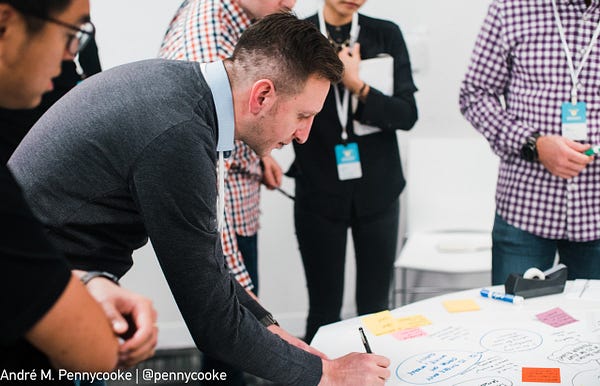
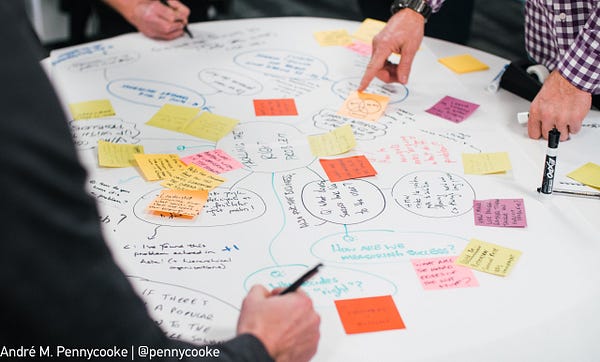
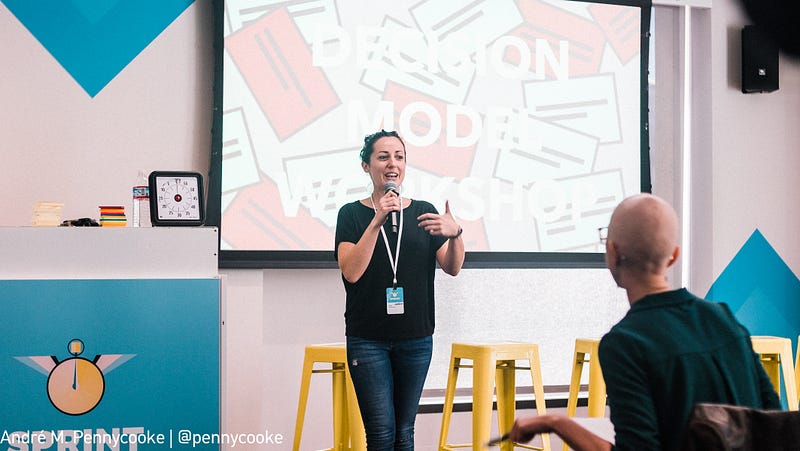
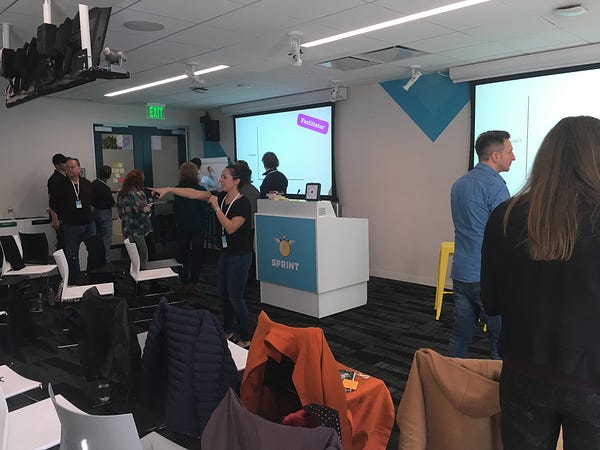
Dee Scarano and Danny Holtschke of AJ & Smart led a fun session they call the Lightning Decision Jam.

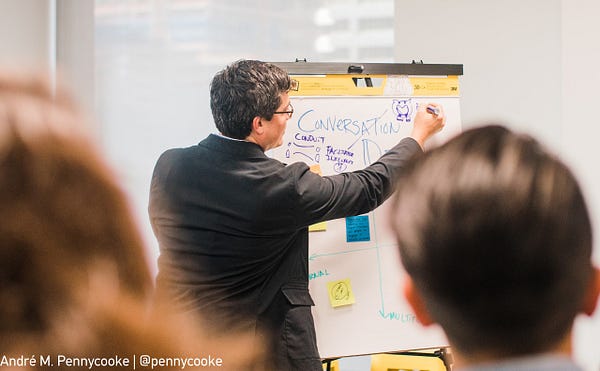
Daniel Stillman and Vidya Dinamani of LUMA Institute led the final session of the event that enabled us to pull together the sprint themes we’d all like to explore some more.
Only at Google
To be honest, I didn’t know what to expect walking into Google’s offices in SF. For all I cared, the event could have been in a closet (more on that in the pics below). But true to Google form, they did not fail to impress.
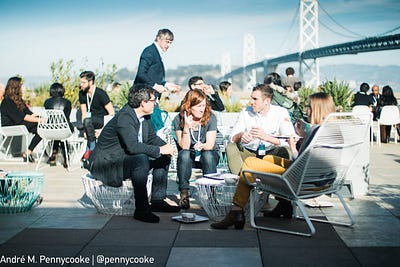
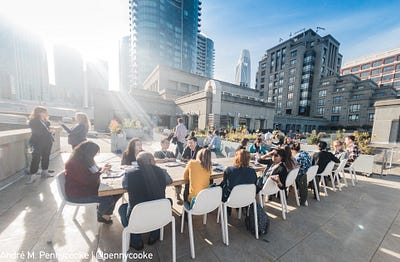
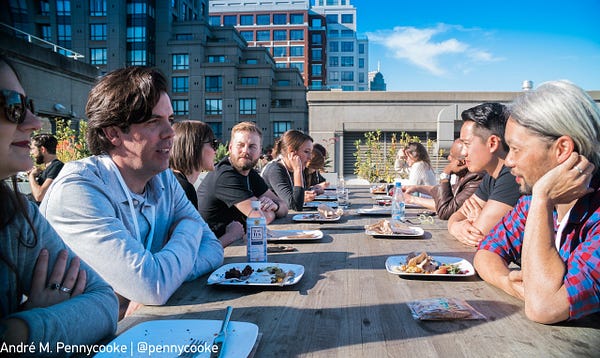
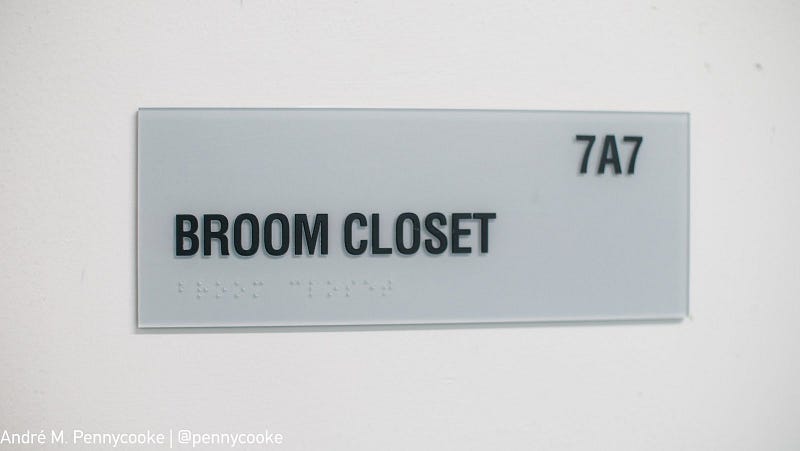
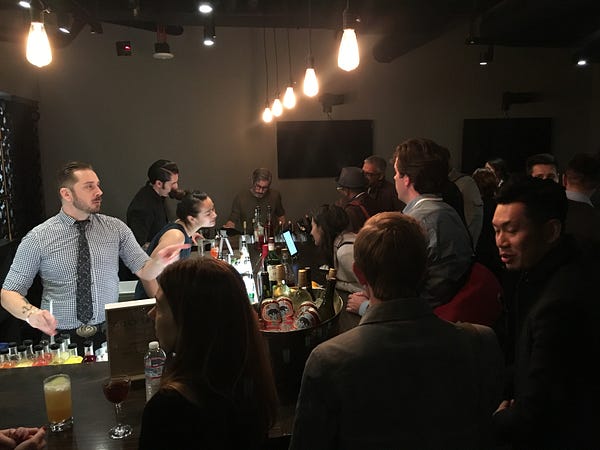
Why yes, there was a full-service bar inside Google — tucked neatly behind a discreet door labeled “Broom Closet.”
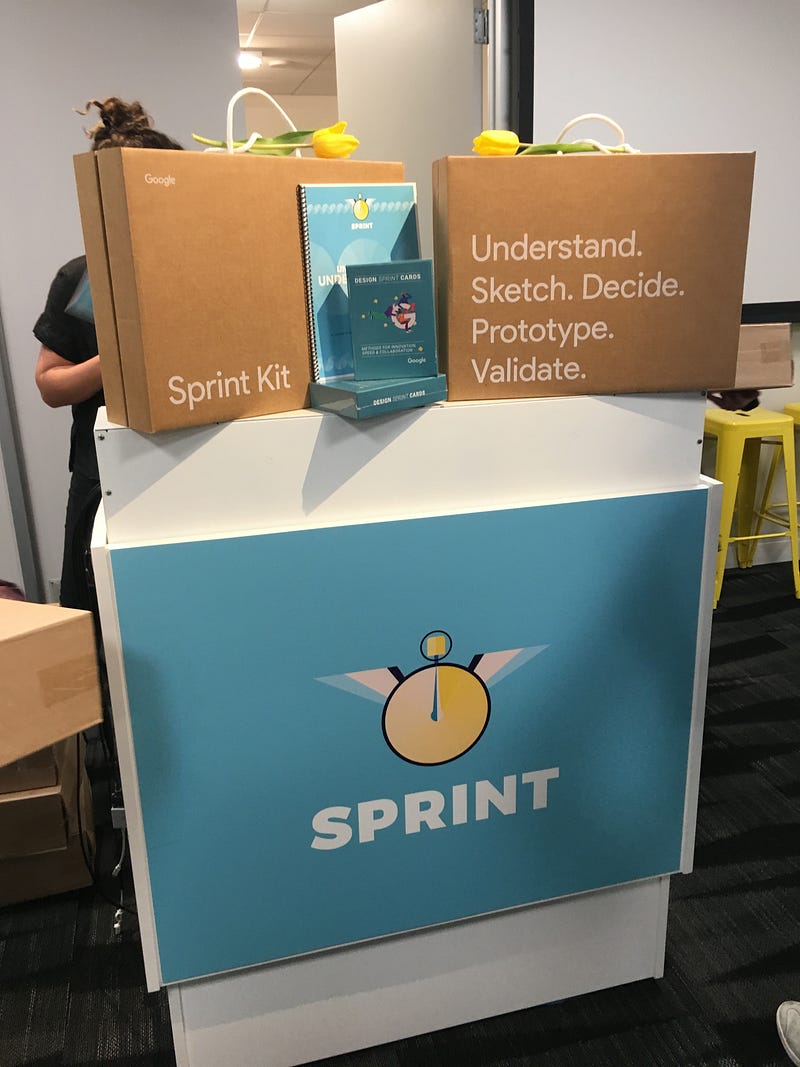
The icing on the cake… Normally I leave a conference with a pen, a cheesy magnet, and a stack of business cards. Not at this one. We all received these Sprint Kits with stuff like the Sprint book, time timers, markers, and some really fun cards to help demonstrate the sprint process. Way generous!
Keeping the sprint momentum going
My 1 fear related to the conference was that it would end without a commitment to keep the discussion going. Luckily, our beloved organizers had already thought of that, too.
We all joined in on a brainstorming exercise to address the following challenge:
As pioneers of the Sprint Conference, how might we build the sprint community and keep the momentum of the conference moving forward?
Ambitious ideas included a sprint tour bus, a sprint cruise, and sprint vacations in Hawaii. But there were also some lower effort ideas I’m excited for the group to take action on, if not already underway…
A sprint mentorship program
A Slack group — this is already set up
Collaborative events
Wrapping up and thanks
We can’t say enough about SprintCon17. It set the bar extremely high for future conferences.
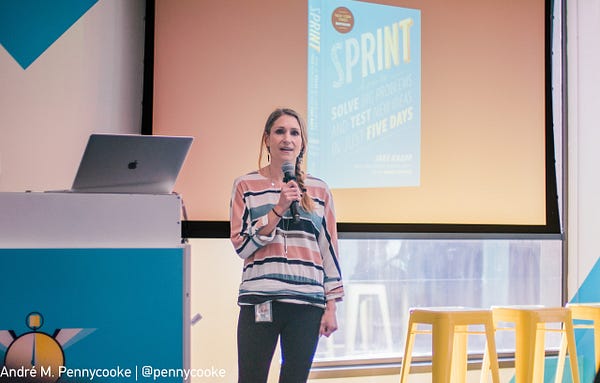
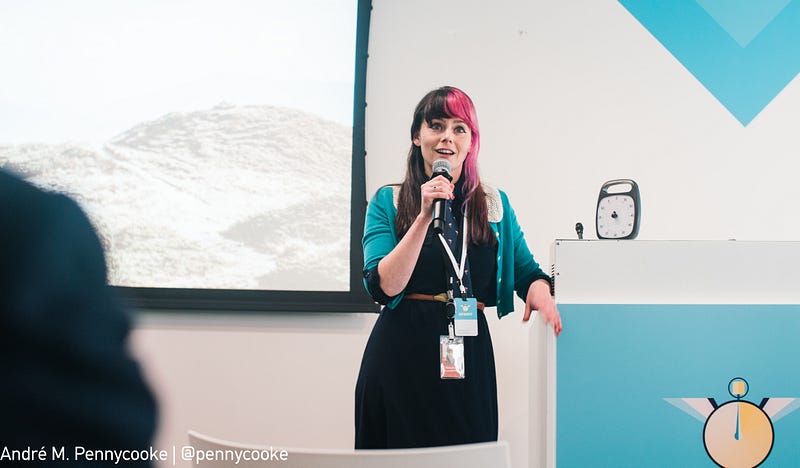
So we’ll end by paying a special thanks to Kai Haley, Nicole Rejwan, and Rebecca Garza-Bortman of Google— for inviting us, but mostly for all the heart and soul you each poured into making this a truly special event!
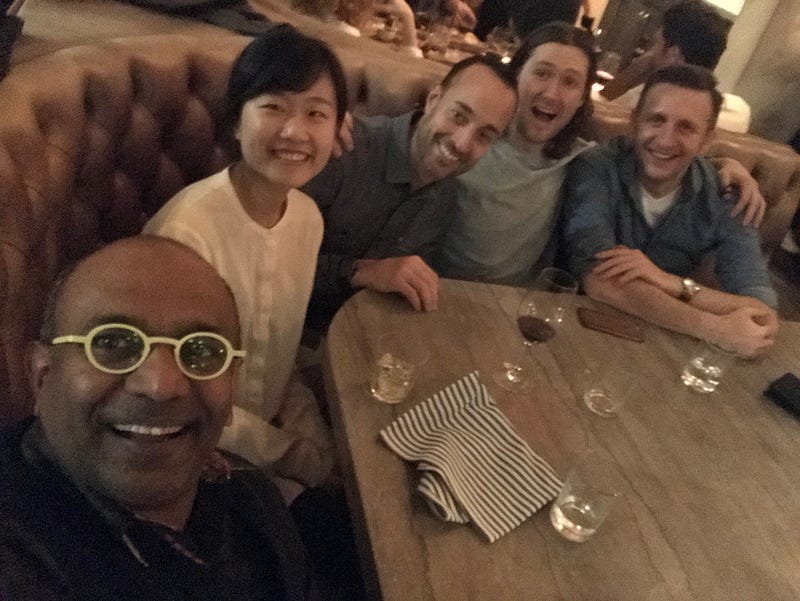
The after party.
If I included you in this post and didn’t @ mention you it’s because I couldn’t find you on Medium. Share your handle with me in a response and I’ll add it.
Thanks to André Pennycooke for sharing some of his pics.
Want to be a leader in the sprint community?
Since 2015, New Haircut has been recognized as a global leader in design sprints. Now, we’re looking to help others achieve the same success with their sprints with our Design Sprint Toolkit.
The toolkit includes all of our digital templates, presentation slides, pro tips, and dozens of sprint upgrades. Included are versions that support remote (virtual) or in-person sprints.
This toolkit is 100% comprehensive and ready-to-use, today.


